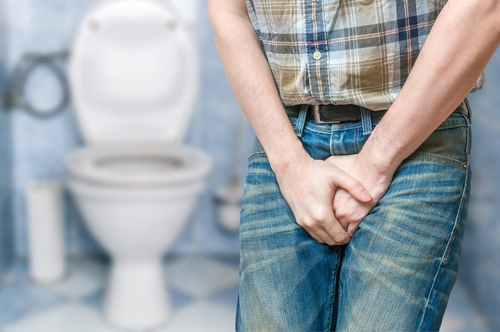DIAGNOSIS
Your doctor is likely to start with a thorough history and physical exam. You may then be asked to do a simple maneuver that can demonstrate incontinence: close your mouth, pinch your nose shut and exhale hard.
After that, your doctor will likely recommend:
- Urinalysis. A sample of your urine is checked for signs of infection, traces of blood or other abnormalities.
- Bladder diary. Losing weight, pelvic floor muscle training and bladder training may be recommended before other treatments are considered.For several days you record how much you drink, when you urinate, the amount of urine you produce, whether you had an urge to urinate and the number of incontinence episodes.
- Post-void residual measurement. You’re asked to urinate (void) into a container that measures urine output. Then your doctor checks the amount of leftover urine in your bladder using a catheter or ultrasound test. A large amount of leftover urine in your bladder may mean that you have an obstruction in your urinary tract or a problem with your bladder nerves or muscles.
TREATMENT/RECOMMENDED MEDICATIONS
Losing weight, pelvic floor muscle training and bladder training may be recommended before other treatments are considered.
Surgical treatment for urinary incontinence
If behavioural treatments and medication for urinary incontinence have not been successful, an operation or other procedures may be recommended. The decision to have surgery will be taken after the risks and benefits have been weighed up.


